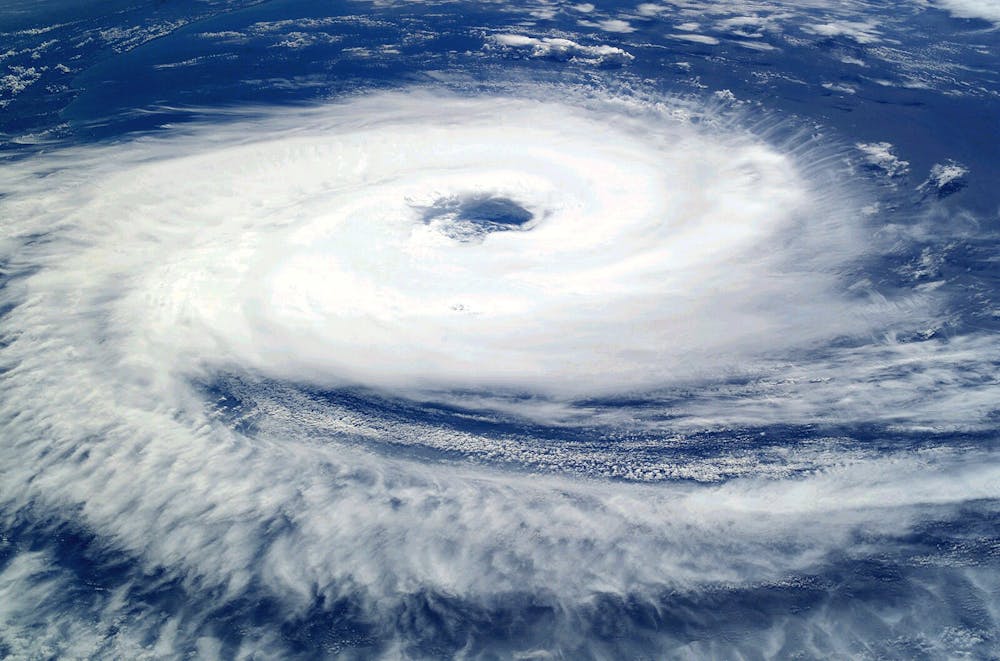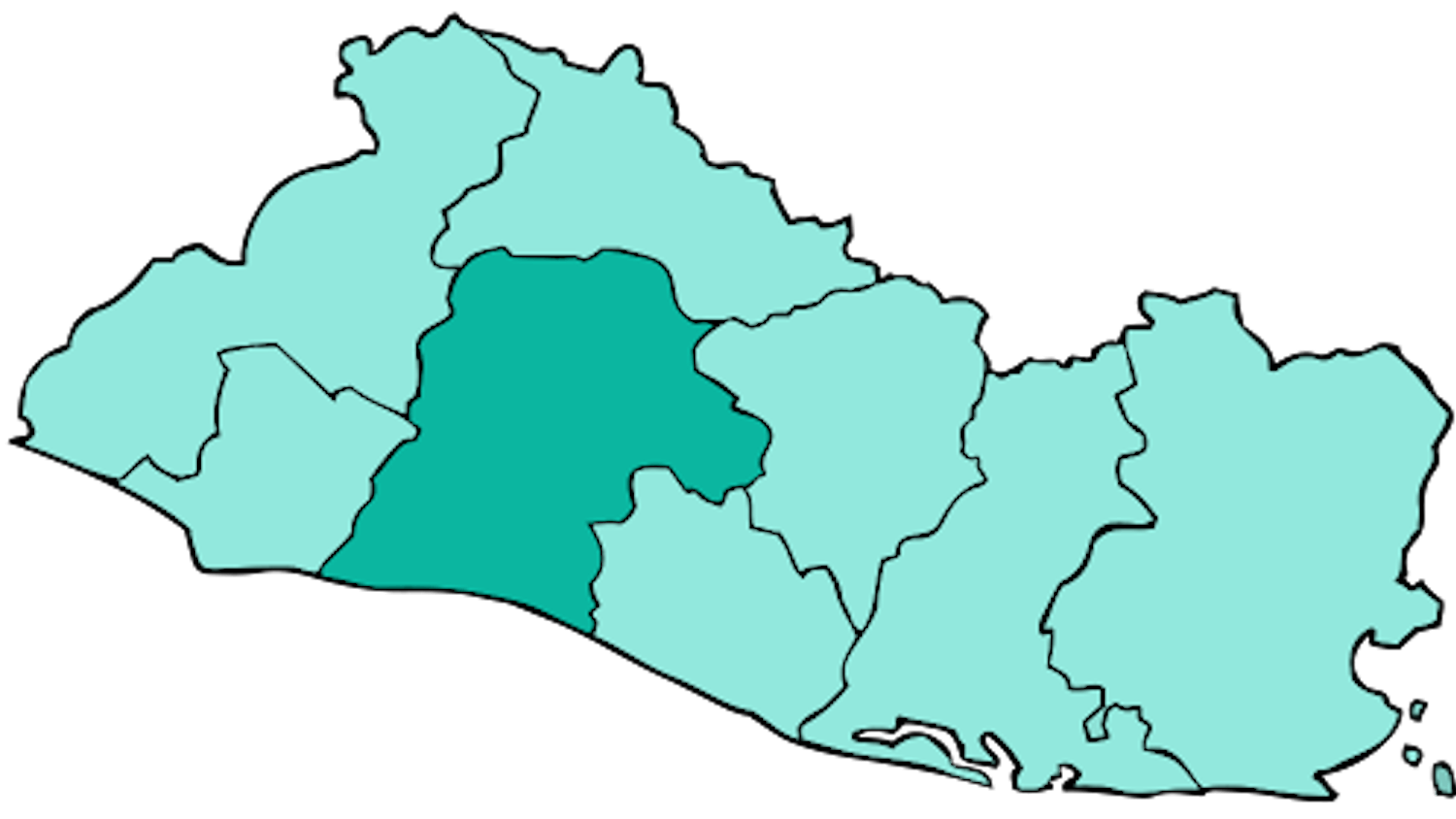By Aneri Upadhyay
Staff Writer
With the climate always changing, hurricanes have gotten stronger over time. Scientists have proposed a new category for hurricanes to account for this, according to a new study.
According to the Guardian, there have been five storms in the past decade that could be classified as hurricanes with “category 6 strength,” defined as winds of 192 mph or more. Michael Wehner, a scientist at the Lawrence Berkeley National Laboratory who proposed the new category with James Kossin of the University of Wisconsin-Madison, spoke on how fast these hurricanes really are.
“192 mph is probably faster than most Ferraris, it’s hard to even imagine,” said Wehner to the Guardian. “Being caught in that sort of hurricane would be bad. Very bad.”
The current Saffir-Simpson hurricane scale was made in the 1970s. The strongest category includes storms that are 157 mph or more. A new category was proposed by Wehner and Kossin due to the rising intensity of storms. Some examples include Typhoon Haiyan in the Philippines in 2013 and Hurricane Patricia in Mexico in 2015. Haiyan killed more than 6,000 people and Patricia reached 215 mph, according to the Guardian.
Wehner spoke to CBS News about the importance of having a new category and raising awareness of how destructive hurricanes can be.
“A single number is really not very descriptive of the entire risk of an impending hurricane if you're in the path,” he said. “You really need to know what are the kinds of dangers that you're being exposed to.”
Some people argue that Category 6 hurricanes would be too rare. According to NPR, some of the most destructive hurricanes that recently occurred, such as Hurricane Irma in the U.S. Virgin Islands in 2018, would still be considered a Category 5 storm. Hurricane Dorian, which hit the Bahamas in 2019 with wind speeds of 185 mph, would also still be considered a Category 5 storm.
According to NPR, the National Hurricane Center has not offered an opinion on whether this new category is needed. In response to the intensity of storms, however, it has developed new forecasting tools that allow forecasters to predict how intense storms will be and where they will precisely be to allow for more time in case of evacuation.
Several experts have told AP News that a new category could actually confuse the public instead of providing clarification, as the category is based on wind speed and does not account for how deadly the water a hurricane brings is.
Kristen Corbosiero, an atmospheric sciences professor at the University of Albany who disagreed with the formation of a new category, stated in an email to AP News that her opinion may change when there is “a rapidly intensifying storm in the Gulf” with a Category 6 wind speed.
According to AP News, storms in the Pacific are stronger due to less land, so there is more room for storms to grow. No storms in the Atlantic have reached above 192 mph thus far, but as temperatures increase, so does the possibility of one happening.







